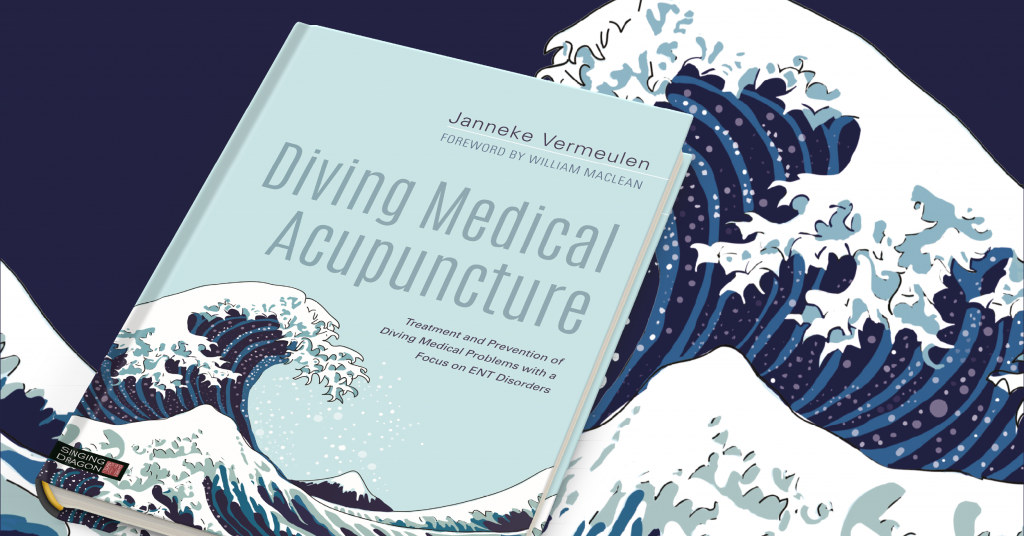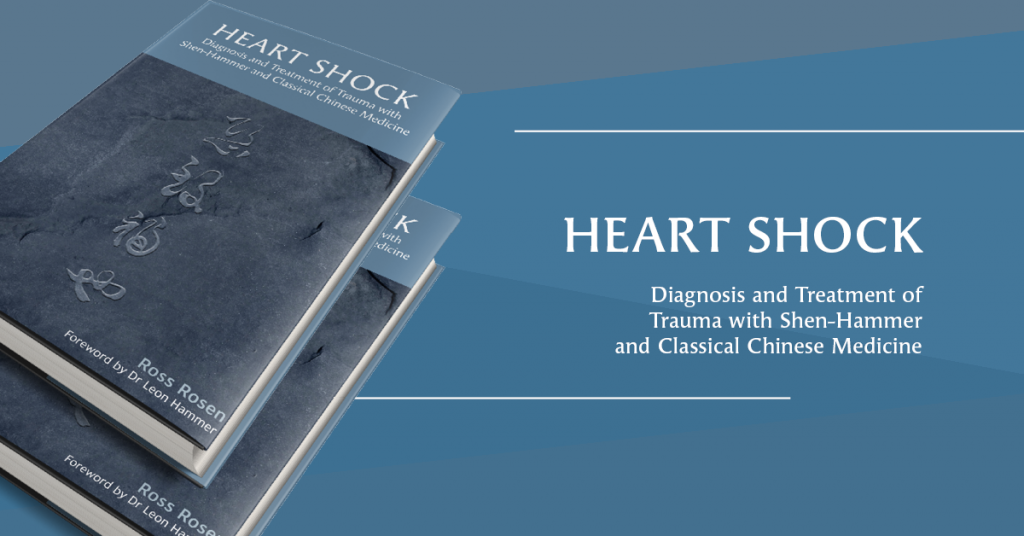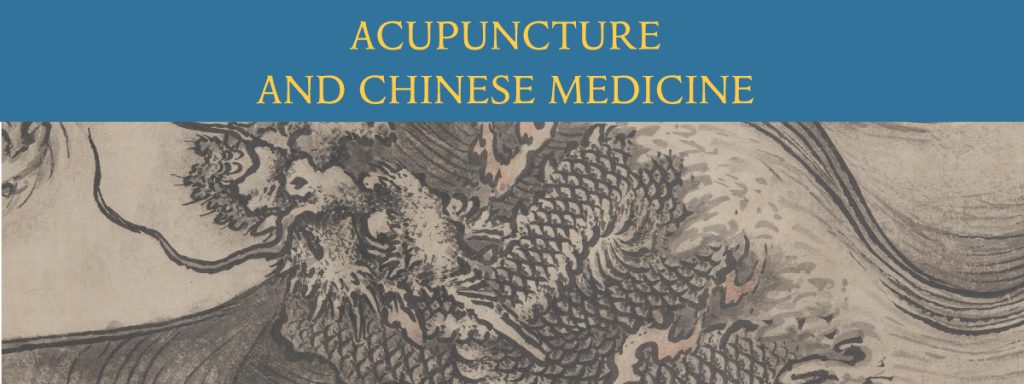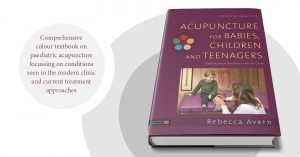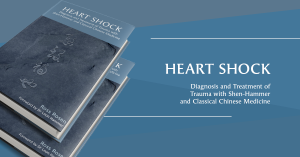As part of our Meet The Singing Dragon Author series, we speak to authors to discuss their motivation for entering their respective industries, inspiration for writing their books, what challenges they faced and who they would recommend their books to. Is there a specific Singing Dragon author you would like to hear from? Let us know in the comments or join the conversation using #MeetTheSDAuthor.
How did you become interested in cupping therapy? Were there any challenges in entering this field?
I would not be exaggerating if I said that I was born into the cupping therapy world! My grandmother, who at the time was living with us in Lemba in Cyprus, was a renowned midwife and herbalist. She would often use this technique to treat the expectant mothers for their various complaints, including colds and muscular aches and pains. It was my mother’s duty – and, much later, mine – to wash and clean up the cups after each use. Later on in 1982, when I studied traditional Chinese medicine in Melbourne, Australia, to my surprise I discovered that cupping therapy is also part of the traditional Chinese medicine treatment tools. Needless to say I was so familiar with the techniques that our professor, Dr Wang, asked if I could assist him during the sessions!
Continue reading →
 The new Singing Dragon Acupuncture & Chinese Medicine digital catalogue is now live! Our new format allows you to browse, learn more, purchase or request an inspection copy for your course of any of our books, and is clickable throughout.
The new Singing Dragon Acupuncture & Chinese Medicine digital catalogue is now live! Our new format allows you to browse, learn more, purchase or request an inspection copy for your course of any of our books, and is clickable throughout.


